- < Experiment 17
-
Experiment 18 v4
- Experiment 19 >
Using fractions to create a diamond kite

Can you make your own diamond kite using materials found in your home?
Purpose
This experiment gives children an opportunity to work with fractions.
The child will learn how to make a diamond kite.
You need to know
- how to work with fractions
- how to work with ratios
You will need
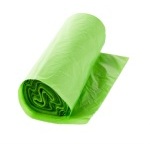


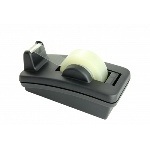
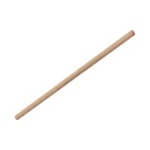



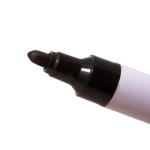
Steps
-
Look for possible materials for making your diamond kite.
The size of your kite will depend on the materials available around you.
-
Lay down your plastic bag on a flat surface.
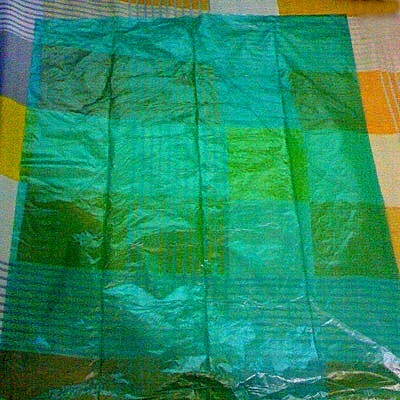
-
Fold the bag in half.
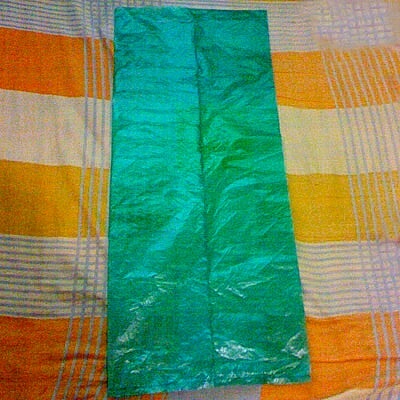
-
Using the fractions below to guide you, outline the edges of your kite as shown by the black lines.
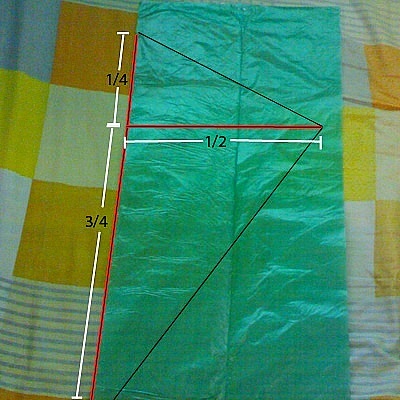
-
With the kite still folded, cut along the black lines.
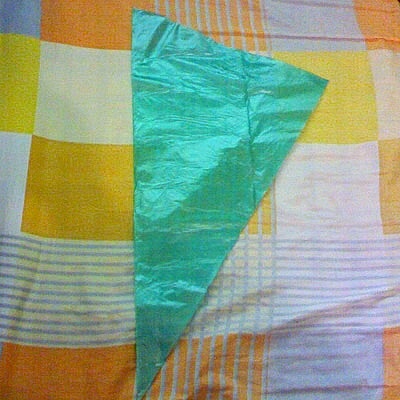
-
Open the bag to show the diamond-shaped sail.
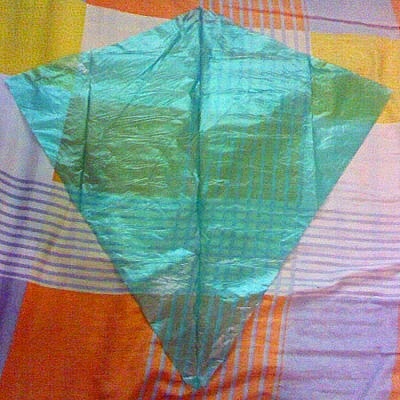
-
Secure your dowels using sticky tape.
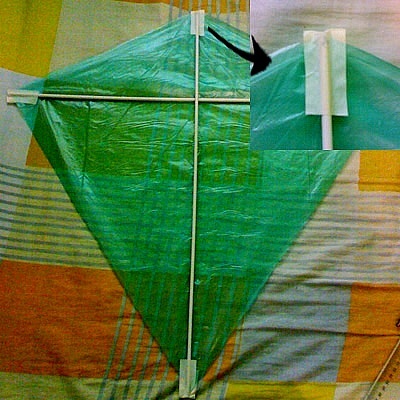
-
Poke a hole in your kite at the point where the dowels cross.
Push the end of a piece of string through the hole and tie it to the dowels.
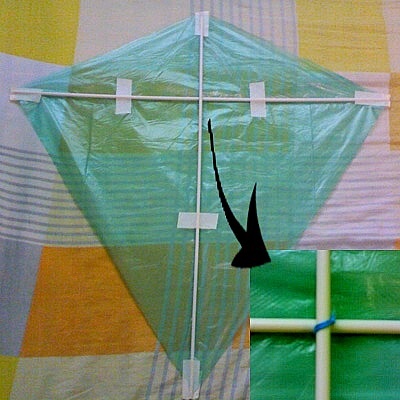
- Using the scraps from your plastic bag, make a tail for your kite that's around 5 times its length.
-
Test your kite.
Make the necessary adjustments to make it fly better.
Hint
When you unfold your kite, its width and length will be equal.
Questions
- What's the length of your kite? What is its width?
-
What is the length from the tip to where the two dowels meet?
What fraction is this of the entire length?
-
What is the length from the bottom of the kite to the point where the two dowels cross?
What fraction is it of the entire length?
- Do the two dowels have equal lengths?
Expected answers
-
Actual measurements of length and width should depend on the materials available. What's important is that the length and the width have the same measurements.
-
If the design given here is followed, it should be around ¼ of the entire length or width.
-
If the design given here is followed, it should be around ¾ of the entire length or width.
-
The two dowels should have equal lengths.
Explore further (optional)
There are lots of variations in kite designs and materials.
Explore those to create better looking kites.
Compare how these kites fly in terms of handling and stability.
Tips for further exploration
You can find more kite designs on the Web.
An interesting experiment would be to fix the kite size and try it with different lengths of tail to see how long you can fly with each one. The child could plot these on a graph.



